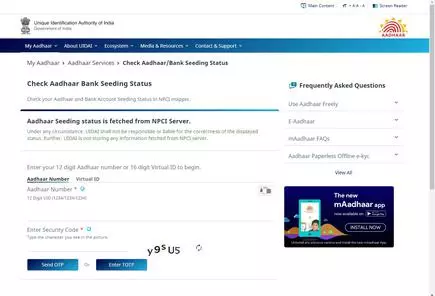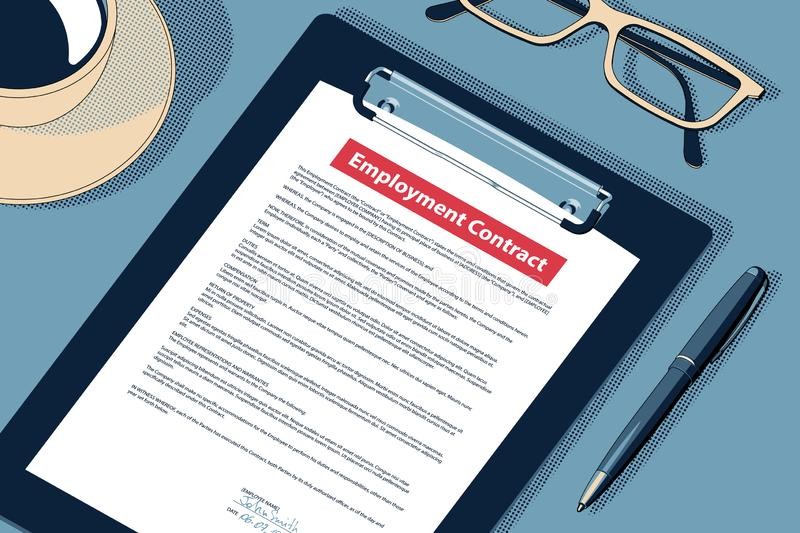Dormant Account
A dormant account is a customer’s account at a bank or other financial institution that has seen no activity, with the possible exception of interest deposits, for a long period of time. The owner may have forgotten about the account, moved out of town without leaving a forwarding address, or died. A dormant account with a very small balance may simply evaporate, reaching a zero balance due to monthly bank fees that exceed any interest paid. If not, the balance is turned over to the state, which will return it to the rightful owner upon request. Financial institutions are required to transfer the money held in dormant accounts to the state’s treasury after the accounts have been dormant for a certain period of time. The amount of time varies by state. What Is a Dormant Account? A dormant savings account refers to a bank account that has had no customer-initiated transactions or activity for an extended period, typically exceeding the period specified for an inactive account. The specific timeframe for an account to be considered dormant is 24 months When an account becomes dormant, it means that the account holder has not conducted any transactions, such as deposits, withdrawals, or other account activities, for as long as 24 months. The account remains open but is inactive and does not generate any significant activity. Banks typically have policies in place to handle dormant accounts. These policies can include charging fees, restricting account access, or even transferring the funds to a separate dormant account. The purpose of these measures is to ensure proper account management, protect the account holder’s assets, and comply with regulatory requirements. What is an Inactive Savings Account? An inactive savings account typically refers to a bank account that has had no customer-initiated transactions or activity for a time period of 12 months. When an account becomes inactive, it means that the account holder has not made any deposits, withdrawals, or other transactions within the specified time frame. Inactive accounts are essentially dormant or idle, and they do not generate any significant activity or transactions. In many cases, banks have policies in place to handle inactive accounts. They may charge certain fees or impose restrictions on the account if it remains inactive for an extended period. These fees can vary and may include monthly maintenance fees or dormant account fees, which are intended to cover the administrative costs associated with maintaining the account. Difference Between an Inactive and Dormant Bank Account Aspect Inactive Bank Account Dormant Bank Account Definition An account with no transactions for 12 months An account with no transactions for 24 months Timeframe 12 months 24 months Account Status Idle but still open and active Inactive, additional restrictions may apply Transactions No transactions, but the account can still receive funds No transactions allowed Interest and Charges Interest may still accrue, and charges may apply Interest may cease, dormant account fees may apply Reactivation Can be reactivated by performing a transaction Requires specific reactivation process or request Access to Funds Funds can be withdrawn anytime Restricted access, may require reactivation Communication Bank may send reminders or notifications Limited communication from the bank Account Type Change Account remains the same type Account type may change, e.g., from savings to current Unclaimed Funds Funds are not considered unclaimed Funds may be considered unclaimed after a certain period Fees and Charges May incur maintenance fees or dormant account fees Additional fees may apply, reactivation may have specific requirements or charges Specific Restrictions No specific restrictions beyond inactivity Limited access, frozen funds, special reactivation procedures Bank Handling May have nominal priority for maintenance Banks may take specific actions for dormant accounts What Happens to an Inactive Savings Account? Account maintenance: Inactive accounts may still be subject to maintenance fees or dormant account fees imposed by the bank. These fees are intended to cover the administrative costs associated with maintaining the account, even though it is not generating significant activity. The fees and their frequency can vary among banks. Account reactivation: If you have an inactive account and wish to reactivate it, you typically need to initiate a transaction or contact your bank directly. Making a deposit or withdrawal, or simply contacting the bank to express your intention to continue using the account, can often reactivate it. The bank will provide guidance on the specific steps required. Transfer to Dormant Status: If an account remains inactive for a longer period, typically exceeding the time specified for an inactive account, it may be designated as dormant. At this stage, the bank may impose additional restrictions or limitations on the account. These could include freezing the funds, limiting access, or requiring specific documentation or procedures to reactivate the account. Escheatment: In some cases, if an account remains dormant for an extended period, the bank may be required by law to transfer the funds to the state’s unclaimed property division. This process, known as escheatment, ensures that unclaimed funds are held by the state and made available for potential reclaim by the account owner or their heirs in the future. The specific regulations regarding escheatment can vary by jurisdiction. How to Reactivate an Inactive Savings Account? To reactivate a dormant savings account, engage in banking actions such as settling bills, making deposits or withdrawals, or executing fund transfers. Certain financial institutions provide online banking services for the reactivation of dormant savings accounts. Additionally, you have the option to contact the bank’s local branch or customer service to initiate the account reactivation process. How to Reactivate a Dormant Savings Account? Contact your bank: Reach out to your bank or financial institution and inquire about the reactivation process for dormant or inactive accounts. You can do this by visiting a branch in person, calling their customer service hotline, or checking their website for specific instructions. Provide identification: Prepare the necessary identification documents required by the bank. This typically includes valid government-issued identification, such as a passport or driver’s license. The bank may also ask for additional documentation to verify your identity and ownership








